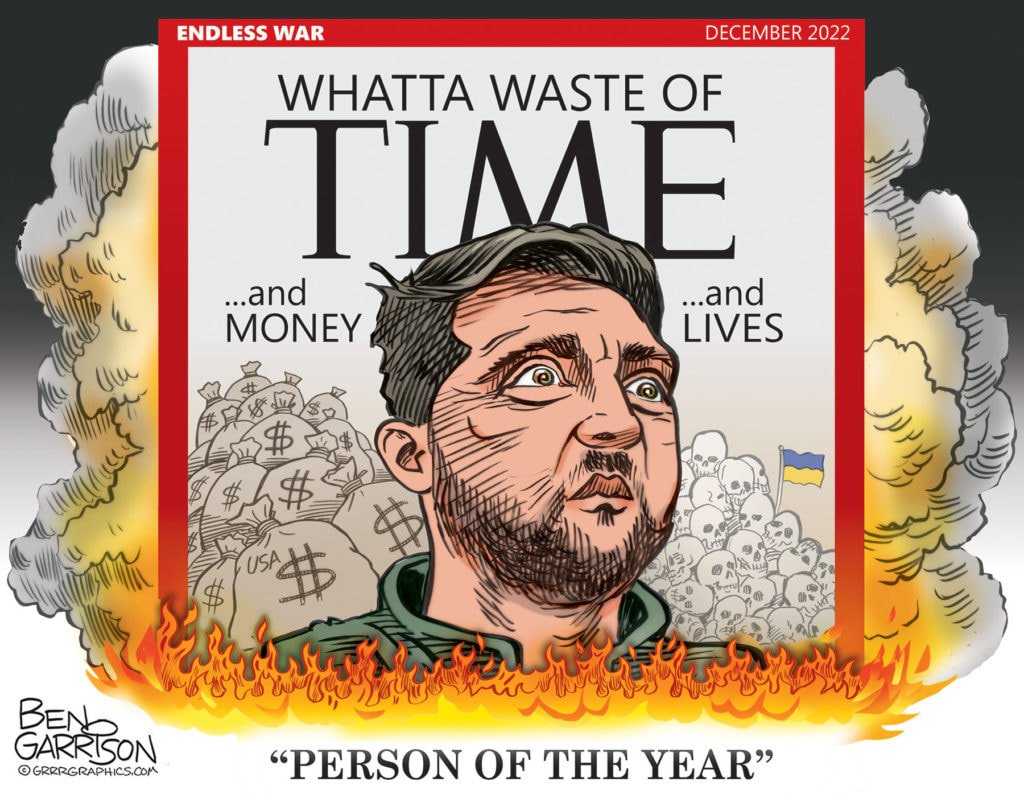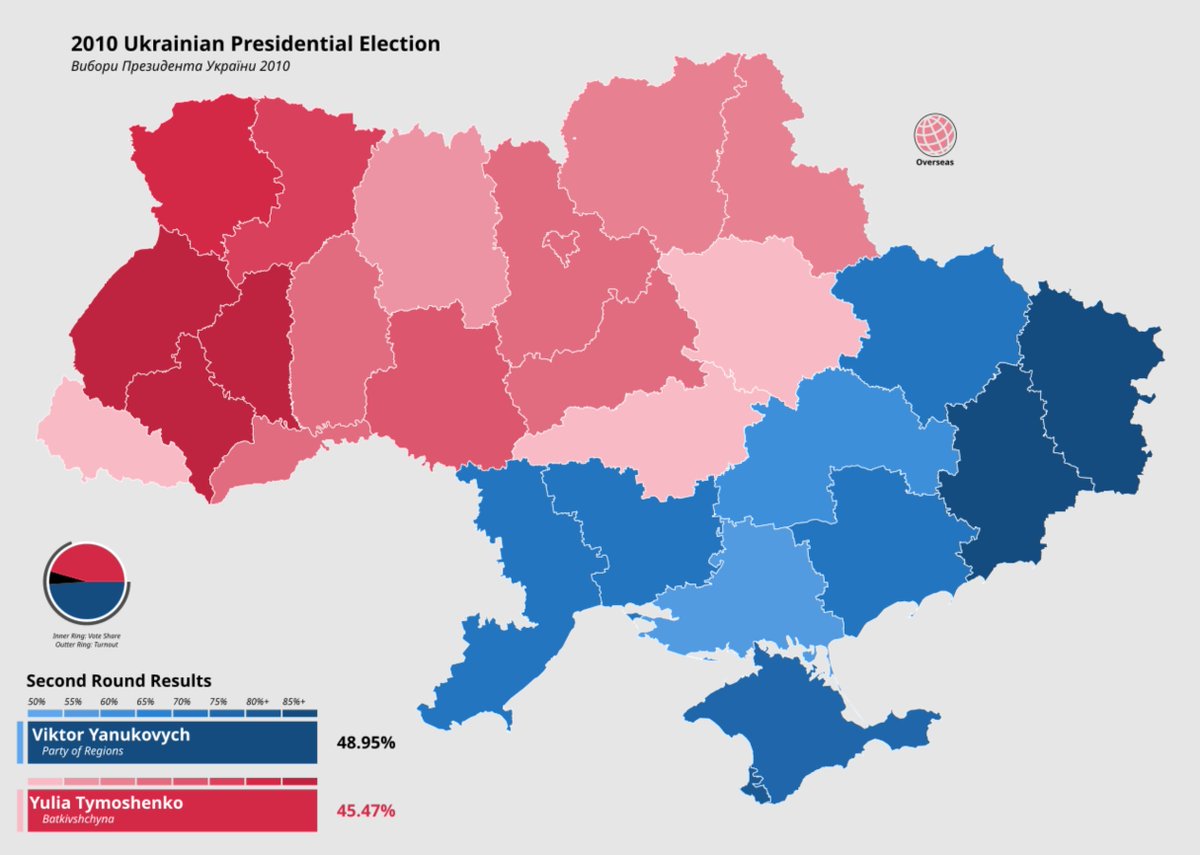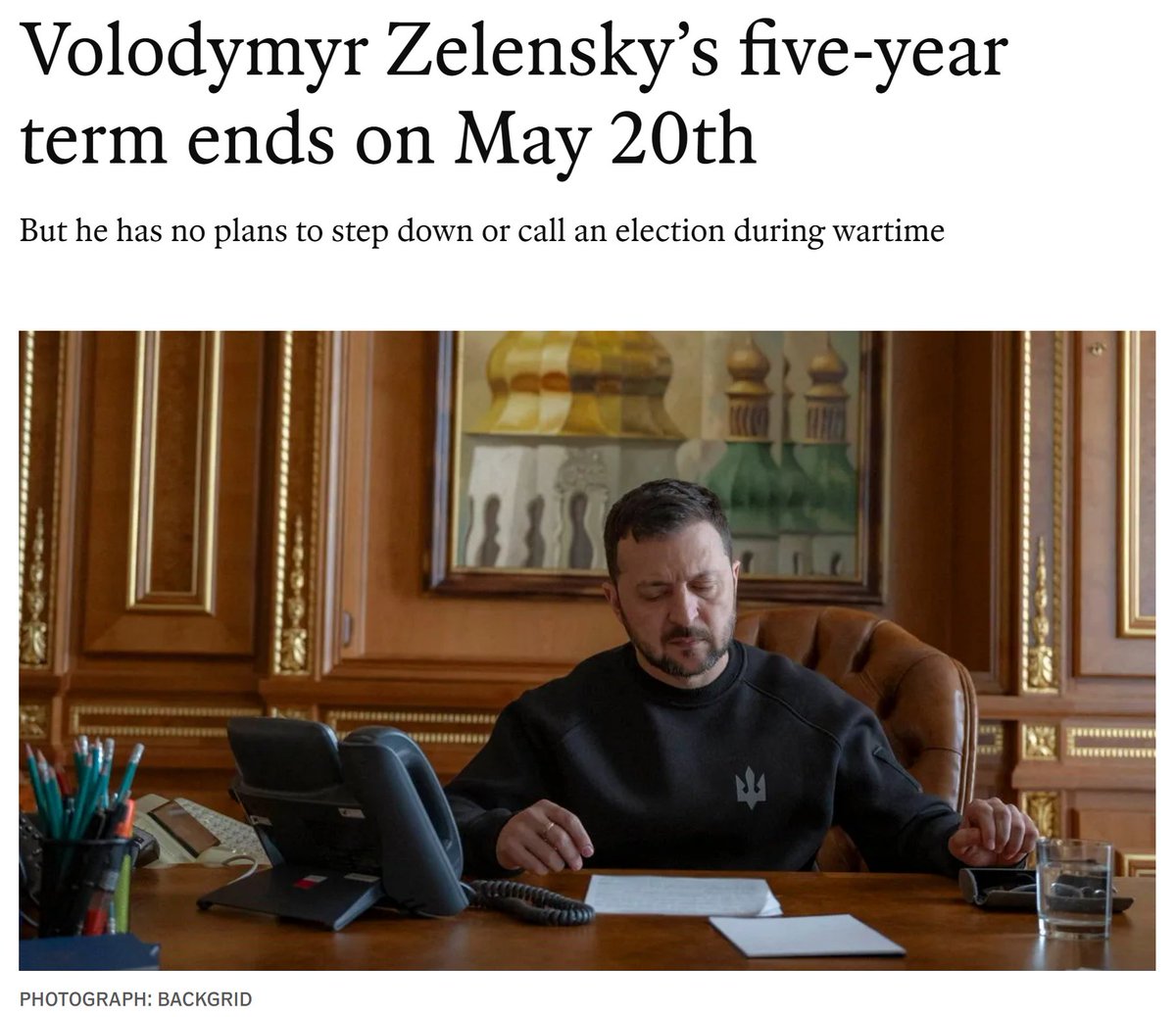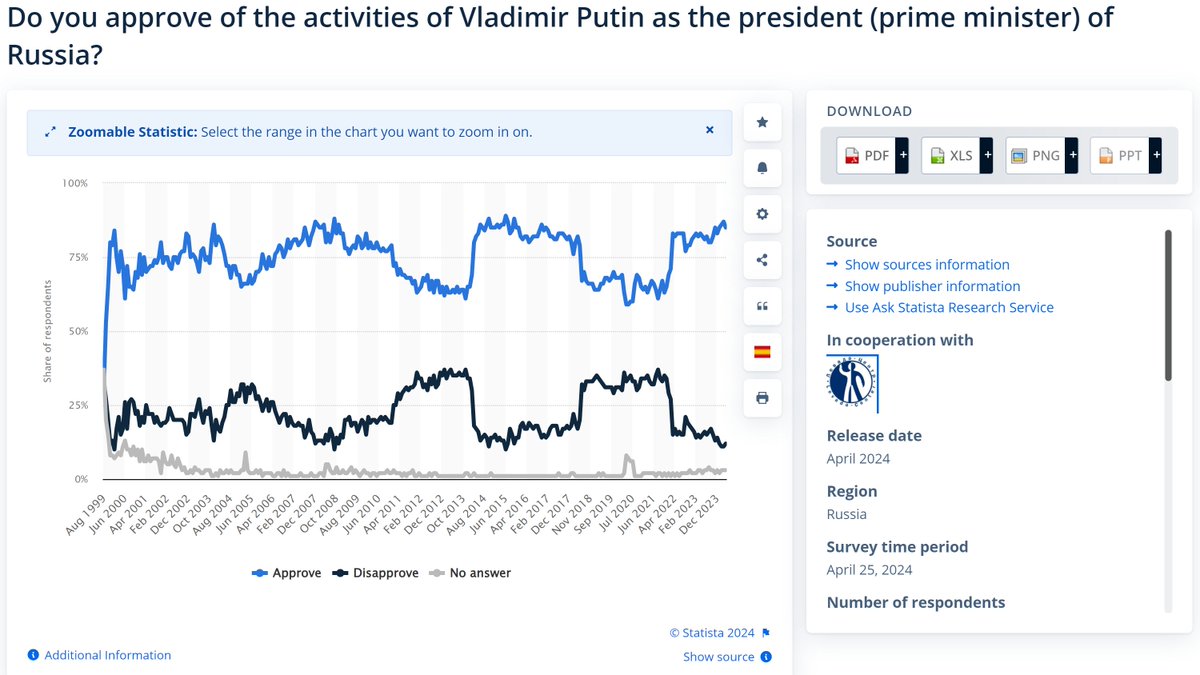Given what we know now about Prigozhin's rebellion - particularly that some 3/4 of Wagner refused to participate - it's likely Putin knew about the plot well in advance and, ever the judoka, allowed it to go forward for reasons of his own.
What reasons? Short thread: ⬇️
What reasons? Short thread: ⬇️
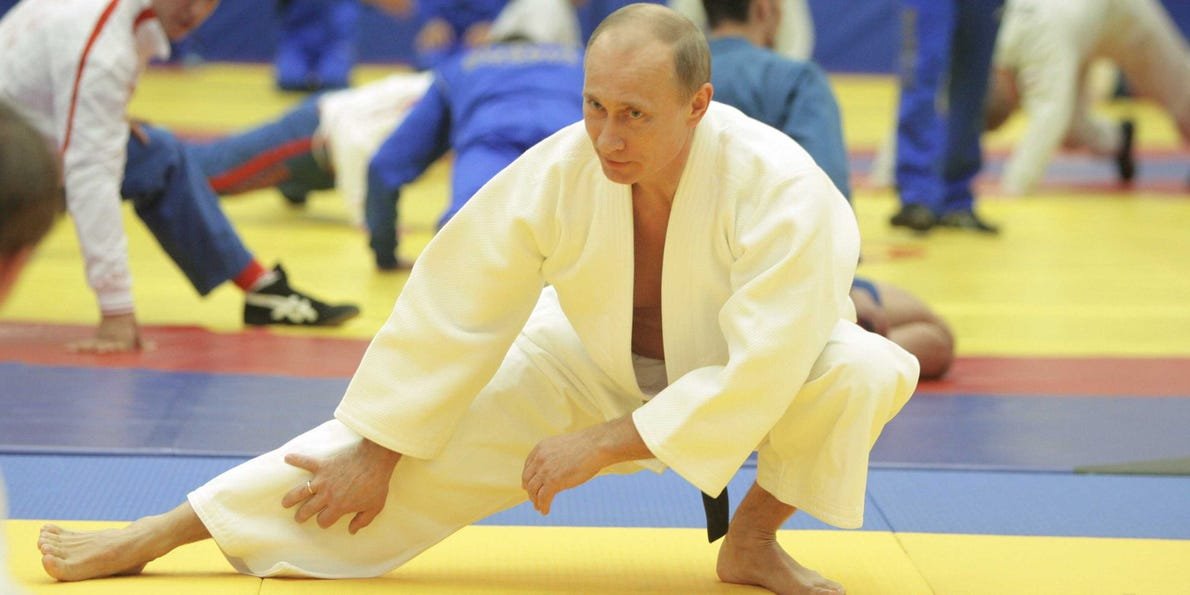
1. Consolidation of power. Most of the Russian political class vocally lined up in support of Putin during the incident. Those who did not have doubtless been noted and can expect unusual but plausibly-deniable deaths in the near to medium term.
2. Fully discrediting Prigozhin as a leadership figure. Simply killing or arresting him would have run the risk of turning him into a martyr, particularly among his well-armed mercenary army. Now he's a traitor in exile with no troops to speak of.
3. Full integration of Wagner into the regular Russian military. To the extent that the Wagner Group is allowed to continue to exist going forward, it will act as a fully integrated branch of the Russian security services rather than a semi-independent actor.
4. Wringing the last bit of tactical usefulness out of Prigozhin's antics, which have spurred many disastrous Ukrainian counterattacks aimed at taking advantage of "chaos" in the Russian camp. The AFU redoubled their efforts in the last two days with huge losses and few gains.
I think it's fairly clear at this point that to the extent Prigozhin's various incendiary statements and acts over the last few months have been a "psyop," he wasn't in on the joke. RuMoD clearly let him run wild and exploited the predictable Ukrainian responses.
It's also obvious that if the regular Russian military was refusing to give Wagner a blank cheque of support over the last few months, their reasons for doing so were excellent. Prigozhin was as dangerous to Russia as Ukraine and required very close supervision and control.
Prigozhin's timing was likely spurred by his longtime anti-RuMoD talking point that "only Wagner brings victory" getting discredited daily in Zaporozhe. His outsized importance to the Russian war effort - and his standing as a warlord - was shrinking before his eyes.
He may have himself been banking on a Russian military collapse to seize power riding a wave of disaffection and demoralization. Which quite neatly explains many of his recent statements denigrating the efforts of the Russian Army in seeing off the Ukrainian spring offensive.
And how did it all end? Well, Prigozhin wound up and threw his punch - and found himself flat on his back with no idea how he got there. Remarkably on point.
Of course Western outlets will try to paint this as a loss for Putin, but let's be honest - that's cope.
Of course Western outlets will try to paint this as a loss for Putin, but let's be honest - that's cope.
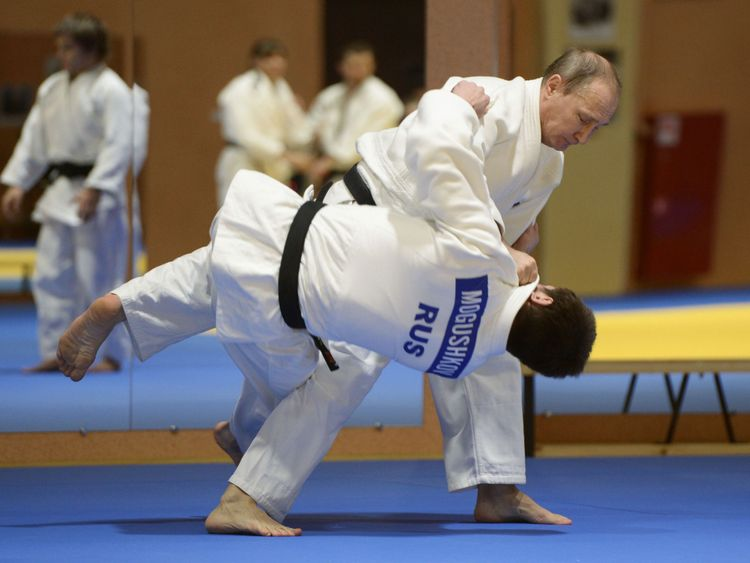
• • •
Missing some Tweet in this thread? You can try to
force a refresh












